QuestionHi,
I took in a cat lasts month who was and very ill, I took him to the Vet the same day, had him tested for Leukemia, FIV and FIP, he was thankfully negative on all, but had a Upper respiratory infection. He has been separated from my 3 cats the entire time, but each of my senior cats have now caught this. I've spent over 1,000 in vet bills this last two weeks. One cat I was afraid was going to die, she's 14-16 years old, and today is the first time she has eaten in 4 day, so I'm hoping she's over the worst. My question is, being she had such a strong reaction to this illness, how do I prevent her from having another URI incident? (I hear they will be recurring)
Thanks,
Amanda
AnswerAmanda,
This is a question best asked of your vet but I will find out more info for you and get back to you. Be patient.
Meanwhile here are some links to some articles about elderly cats:
http://www.sniksnak.com/resources/geriatric.html
http://www.messybeast.com/Oldcat.htm
Carol
------------------------------------------
Hi Amanda.
"Infectious upper respiratory diseases in cats..There is a test and her vet can get it..Since her cats are elderly she may want to consider it. She did not mention actual symptoms so its hard to separate the possible causative illnesses but her vet may be able to by guess since she has already spent so much money."
"http://www.sheltermedicine.com/
Specific agents most commonly associated with URI
Any of the agents listed below can be a primary cause of URI. Approximately 80-90% of cases are thoughts to be caused by one of the two viruses listed. Remember, though, that environmental factors and animal immune status play an equally important role in causing actual disease; all the pathogens listed below can also be found in clinically healthy cats.
1. Feline Herpesvirus-1 (FHV-1 - probably the most common)
1. Feline Calicivirus (FCV - perhaps not as common as herpes, but potentially more severe)
2. Chlamydophila felis
3. Mycoplasma spp.
4. Bordetella bronchiseptica
Diagnosis
Most often, a causative agent is not identified in individual cases of URI. Sometimes a best guess can be made based on clinical signs: FCV is more likely to be associated with oral ulceration or limping, FHV-1 is more likely to cause keratitis or corneal ulceration, Chlamydophila and Mycoplasma more often seen with conjunctivitis without other signs. However, all can cause overlapping signs of URI as well as be isolated from clinically normal cats. In spite of this, there are circumstances under which laboratory diagnostics have value. Diagnostic options include viral and bacterial culture and PCR on conjunctival or oropharyngeal swabs (and occasionally other samples, such as tracheal washes or lung tissue). Samples should be obtained from the most prominently affected location. Some circumstances under which diagnostic testing should be considered:
Unusual signs, severity or frequency of disease in a population of cats
Individual cats that have not responded to empirical therapy, especially before initiating expensive or risky treatment.
Idexx laboratories now offers a diagnostic PCR panel to look for the five common pathogens listed above. Specific diagnostic strategies for each pathogen are listed in the "agents and diagnostic details" section. Since her cats are elderly she may want to consider the test
Prevention of feline URI
Population management
Crowding and the attendant stress
Modified live (MLV) parenteral vaccines are available containing feline herpesvirus, feline calicivirus and feline panleukopenia (FVRCP). Intranasal MLV two-way (FVRC) or three-way (FVRCP) vaccines are also available. Modified live vaccines are generally preferred for the more rapid protection induced (5-7 days parenteral, 3-5 days intranasal). However, modified live vaccines (especially intranasal) may cause mild clinical signs. In shelters that euthanize cats for any sign of URI, the risk of these mild signs must be weighed against the likely benefits of modified live vaccines.
Because URI and panleukopenia vaccines are generally delivered in combination, this is a consideration in vaccine selection
Frequent recognition of clinical Bordetella or Chlamydophila in cats is often an indicator of overall husbandry problems, and prevention should focus on improvement of environmental management, rather than control of these agents specifically."
This information is from a very nice person at
http://www.vetinfo4cats.com/
It is an excellent site for referencing medial issues.
I hope this helps. And I hope your kitty is much better.
Carol

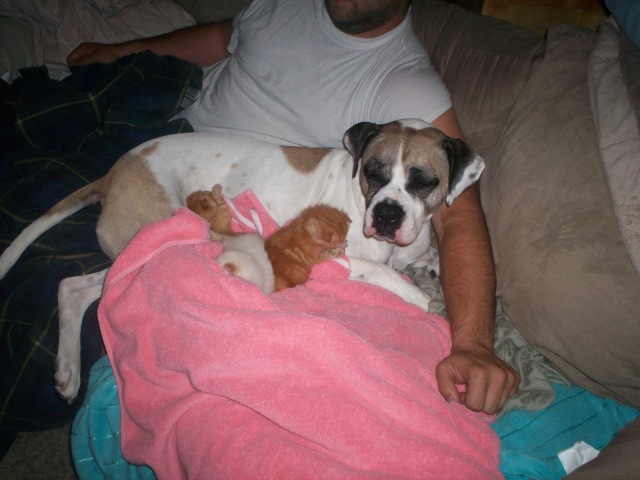 how long do I need to bottle feed?
Question
3 weeks old with their
4 weeks ago I was ridin
how long do I need to bottle feed?
Question
3 weeks old with their
4 weeks ago I was ridin
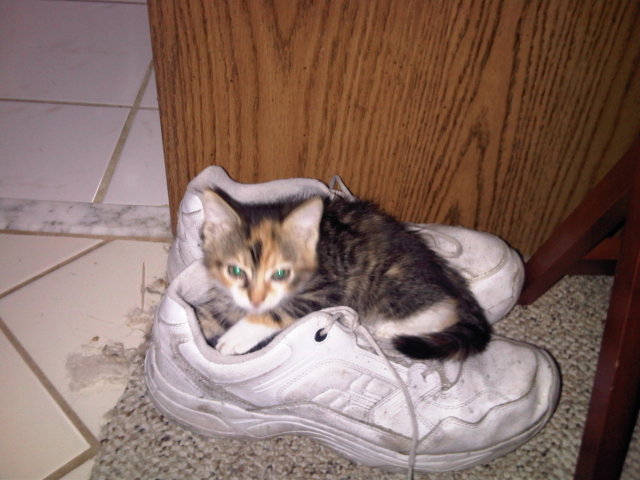 Kitten not eating
Question
Tiny
I have a 10 week old female kitten
Kitten not eating
Question
Tiny
I have a 10 week old female kitten
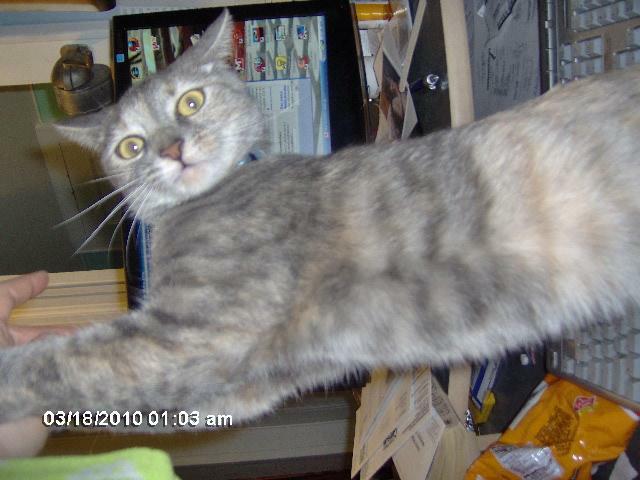 my cat is REALLY long, like a weasel!
QuestionQUESTION: Im hoping you can help me identify my
my cat is REALLY long, like a weasel!
QuestionQUESTION: Im hoping you can help me identify my
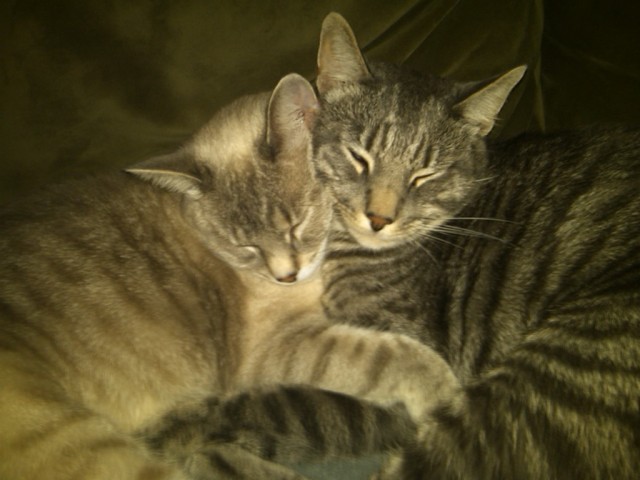 What breed/mix is my cat?
QuestionSugar and Oliver
QUESTION: Hi,
Im wond
What breed/mix is my cat?
QuestionSugar and Oliver
QUESTION: Hi,
Im wond
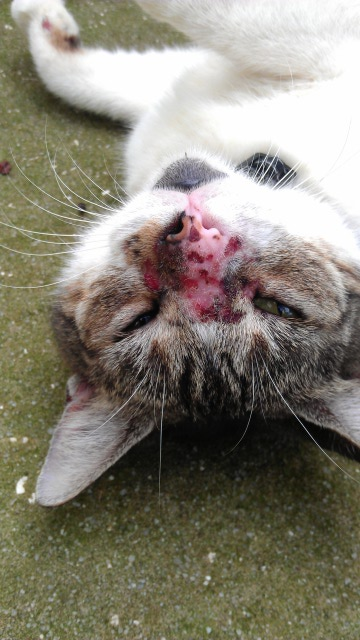 Cat nose
QuestionCat
QUESTION: There is a stray cat in o
Cat nose
QuestionCat
QUESTION: There is a stray cat in o